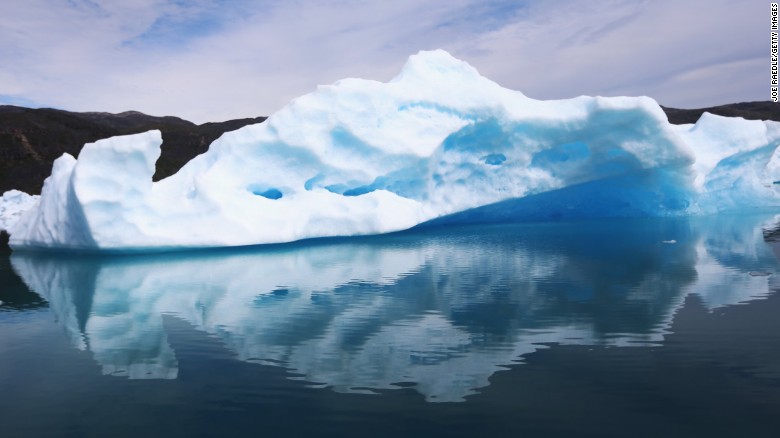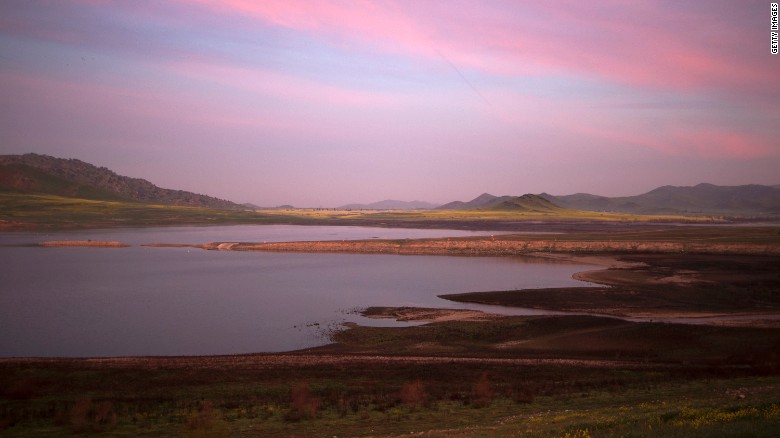Not often you think about the Earth having a "carbon budget" but it does and we need to keep Mother Nature in check and on target. As you will see from this CNN report, letting the carbon budget balloon will cripple our future environment and economy.
Right now we are covering a renewable African conference that is announcing a doubling of their renewable energy goals as they are way ahead of their 2030 targets,
The growth on that continent is driven by the same factors we see on this continent--better pricing, quicker approvals, more efficient and productive panels, escalating costs of fossil fuel--and spotty supplies, in some cases--and, perhaps paramount, a desire to produce energy locally and keep dollars close by.
Keeping the Earth on a strict carbon budget will take a massive, collective, global effort. Historic effort. Vast investments in clean energy will be an important fix. Once you see this report, we think it will inspire you to cut your own carbon footprint, even in a small way.
Thank you for the help.
... the Earth's carbon budget

CNN columnist John D. Sutter is spending the rest of the year reporting on a tiny number -- 2 degrees -- that may have a huge effect on the future of the planet. He'd like your help. Subscribe to the "2 degrees" newsletter or follow him on Facebook, Twitter and Instagram. You can shape his coverage.
(CNN)Here's a recent headline that sends chills down your spine if you're a climate-news junkie -- and makes just about zero sense if you're any other normal person:
Translation: There's now an even more ridiculous amount of carbon dioxide in the atmosphere -- 400 parts carbon dioxide (CO2) for every million parts of something else atmospheric. That's warming the planet. And it's our fault since we're burning fossil fuels and clearing forests. But that's definitely a mouthful.
Mind-numblingly arcane numbers such as "400 ppm" will determine what life looks like in the future of our planet. How many people will be killed by heatwaves? How many species -- not just polar bears, but amphibians, proteas and pikas -- will go extinct? What percentage of the world's coral reefs will be lost? How many low-lying island nations will have to be abandoned as the seas swallow them up? Which regions will be newly exposed to malaria and other tropical diseases?
All of these things will be heavily influenced, if not determined, by these goofy little numbers, including the amount of carbon dioxide that's measured in the atmosphere.
Below, you'll find a brief backgrounder on three numbers, including one "ppm" measure, that are central to the climate change discussion. These numbers aren't widely famous -- at least yet. I hope that changes, because these odd numbers should be a rallying cry and a goalpost for ensuring that we act fast enough to blunt climate change.
These numbers will determine what the world looks like for us and future generations.
The least we can do is get to know them.

1. 2 degrees
Any amount of global warming is somewhat dangerous, but 2 degrees Celsius of warming (3.6 degrees Fahrenheit) is when things start to get Earth-changingly bad. Water is expected to become much more scarce. A significant percentage of the world's plants and animals will be at risk for extinction. Coral reefs will be heavily bleached if not gone. Some island nations could be underwater, or saltwater intrusion from rising seas could make them uninhabitable.
One climate change activist told me 2 degrees -- and not crossing it -- is pretty much the only thing the world agrees about when it comes to climate change. The number was first proposed by an economist in the 1970s, and it since has become the subject of near international consensus. World leaders will meet in Paris in December to try to hammer out an international agreement, essentially, on how to keep us below the 2-degree mark.
The number is measured as the temperature increase since the Industrial Revolution began about 150 years ago. We've already helped warm the atmosphere by 0.85 degrees since then.
If something doesn't change, we could hit 2 degrees of warming before 2050.
There's more carbon dioxide in the atmosphere now than there has been in millions of years. That's why "400 ppm," the benchmark we crossed last week, made headlines around the world. But there's actually another number, 450 ppm, that is real cause for alarm among scientists and policy experts.
That's because 450 parts per million of CO2 in the atmosphere likely would push the world past 2 degrees of warming. And, you'll recall, that's the danger zone. We don't want to be this close.
"Passing the 400 mark reminds me that we are on an inexorable march to 450 ppm and much higher levels," Michael Gunson, NASA's global change and energy program manager, said in a statement. "These were the targets for 'stabilization' suggested not too long ago. The world is quickening the rate of accumulation of CO2 and has shown no signs of slowing this down. It should be a psychological tripwire for everyone."
Before the Industrial Revolution, when humans started burning fossil fuels to generate electricity and to power cars, trains and other forms of motorized transportation, the atmosphere contained about 280 ppm of CO2.
More CO2, of course, means warmer temperatures.
Finally, there's one more number you need to know in order to understand how urgent climate change actually is: 1,000 gigatonnes. That's how much carbon we can pump into the atmosphere -- in total -- and still hope to stop short of 2 degrees of warming, according to the world's leading climate science group.
The trouble? We've already burned through more than half of that budget.
"If the planet's carbon budget ... was a giant cake," wrote John Upton, from Climate Central, "then we'd all be running out of dessert -- fast."
Since the late 1800s, the world has emitted 515 gigatonnes of carbon, according to the Intergovernmental Panel on Climate Change. That leaves only 485 gigatonnes until we cross the danger line. Maybe that sounds like a lot -- I mean, it is -- but consider that we're careening toward the end of our budget at such a rapid pace that, unless things change, we could blow past our carbon allowance by 2045.
Even it we stop at 1,000 gigatonnes of carbon -- which, according to WolframAlpha, is roughly equal to about half the carbon in all the world's land plants -- we're not guaranteed to halt warming at 2 degrees. The IPCC says that budget gives us a 66% chance of staying below the 2 degree mark. So it's clear that the world needs to act immediately to cut carbon emissions. We're already uncomfortably close to the danger zone.

No comments:
Post a Comment